Gardening Life丨Build your own 1meter vegetable garden
Forty years ago, Meier, a civil engineer, often grew frustrated during his weekend gardening: single-row plantings were difficult to manage and a waste of time and effort. After numerous experiments, Meier condensed these unmanageable single-row plantings into a 1m x 1m space and improved the soil.
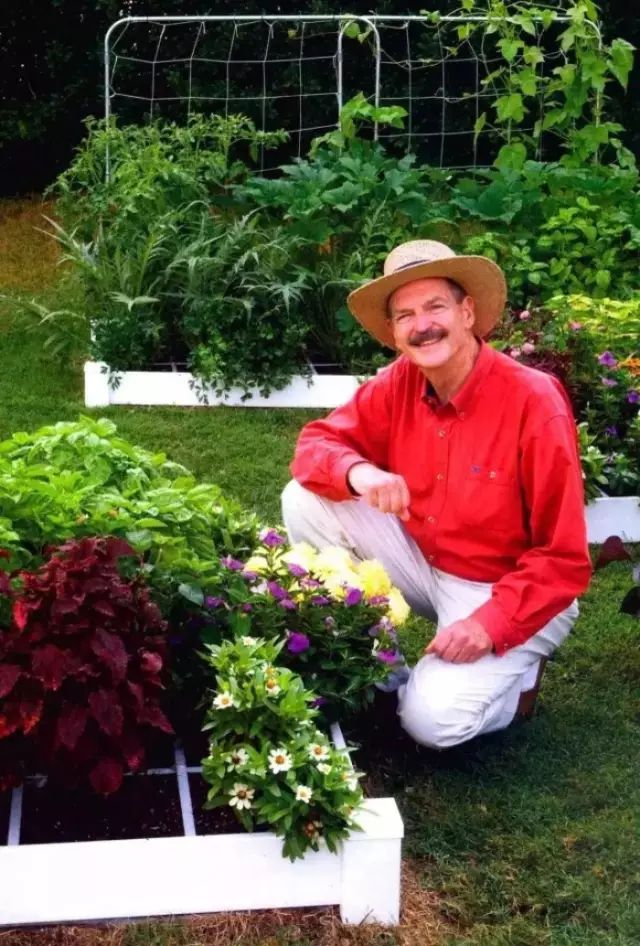
And so he succeeded… He developed a completely new gardening method that allowed him to get 100% of the harvest using only 20% of the original planting space. This gardening method is called "Square Foot Gardening."

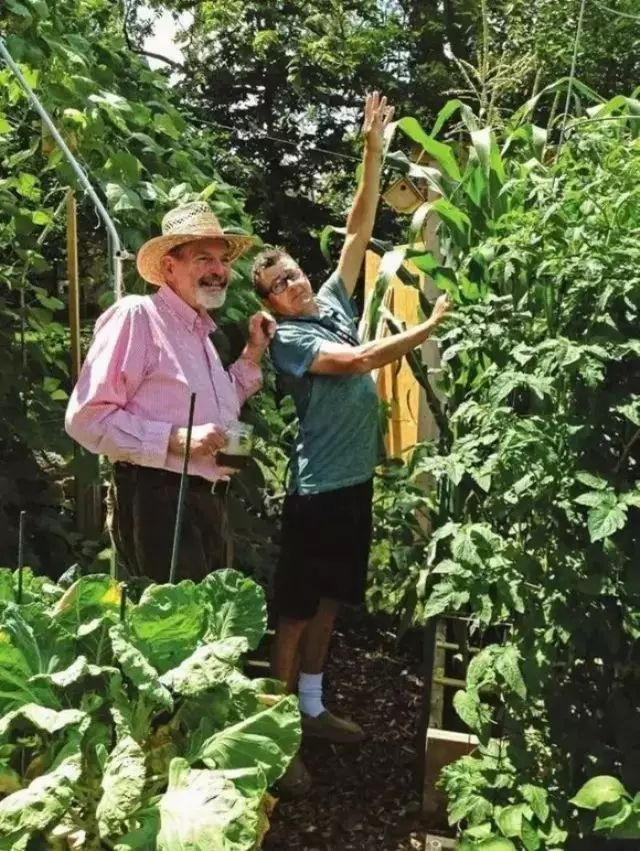
What is a one-meter vegetable garden?
The One-Meter Garden is a simple box-shaped planting frame, measuring one meter square and divided into nine small squares, each measuring 30 cm x 30 cm. Up to nine different crops can be grown in the One-Meter Garden.
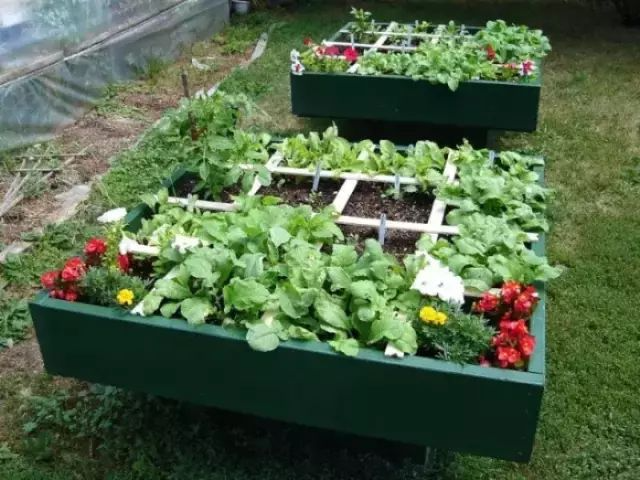
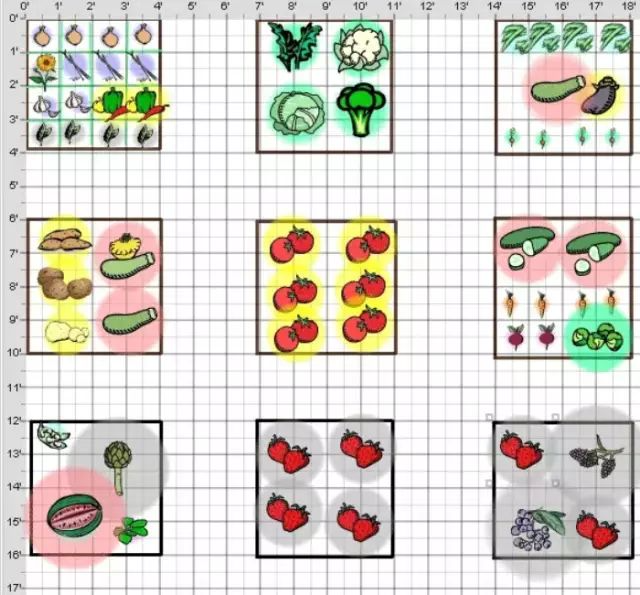

How to make a one-meter vegetable garden? You only need four steps to make a mini farm:
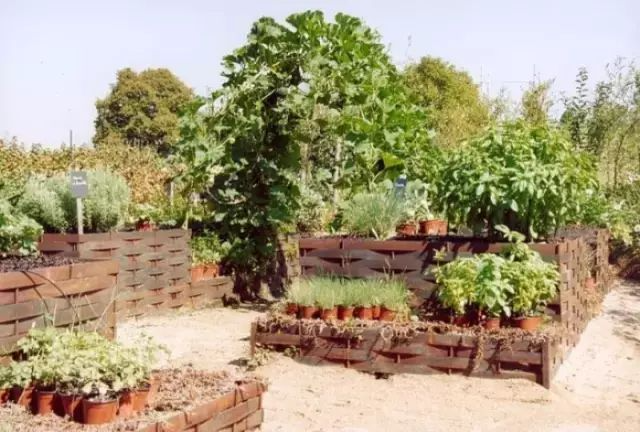
1 Use wooden boards to make a one-meter vegetable garden planting box
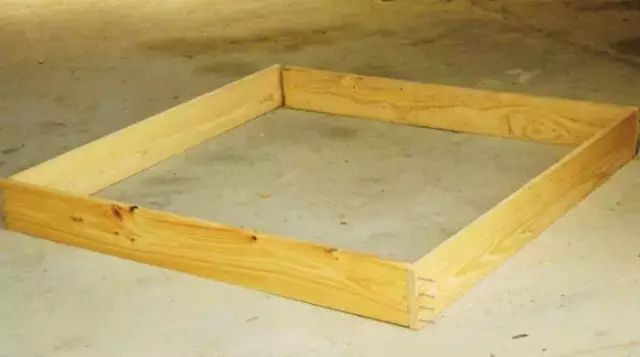
The box measures 1 meter in length, 1 meter in width, and 15 centimeters in height. The one-meter garden is small enough that a child can reach the center of the box with just a hand. Compared to a traditional garden of the same size, the one-meter garden requires less water, less land, less seeds, and no fertilizer, yet it produces a greater yield.
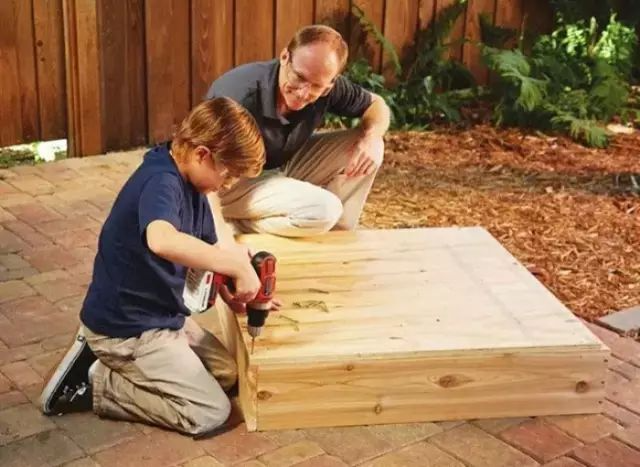
2 Fill with super soil
In order to make the soil loose, rich in nutrients, easy to care for, and able to lock in sufficient water so that plants can grow healthily, Meier has specially prepared a special soil called "Meier Mixed Soil" for the one-meter vegetable garden planting box.
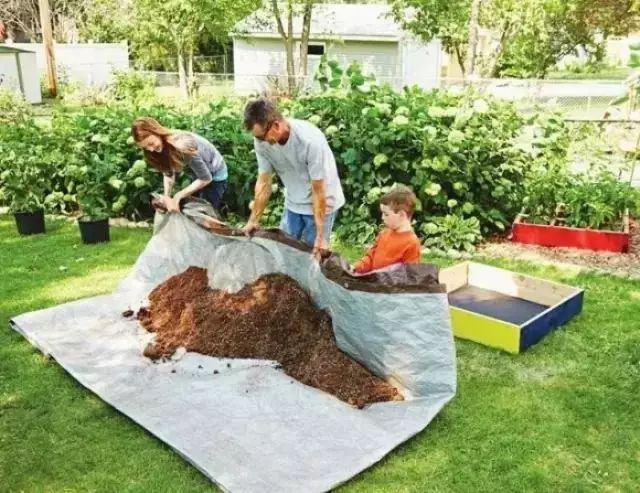
You can also make your own Meyer soil mix and never have to mess with the soil again. It will last for about 10 years, and all you have to do after each harvest is add a handful of compost to each square and re-seed.
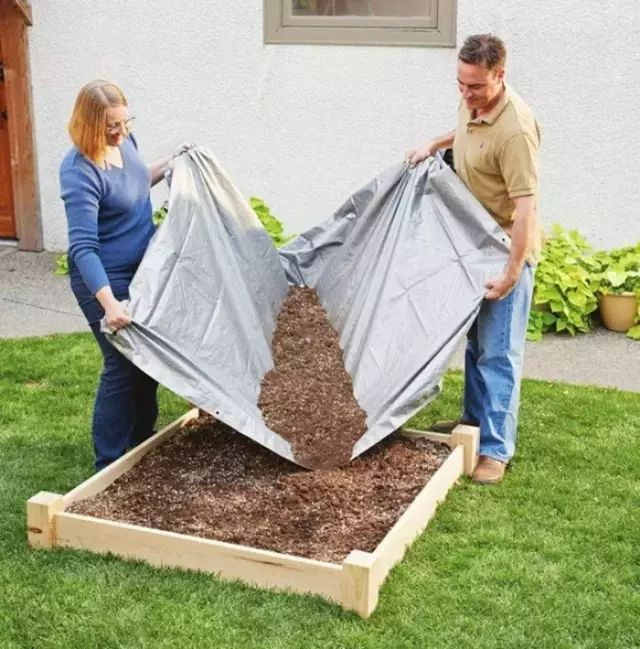
3. Place the grid
The grids make our one-meter vegetable garden planter boxes truly worthy of their name. Because these grids can help you space the plants correctly and make our one-meter vegetable garden planter boxes look neater; each small square is planted with different plants, and it is the grid that distinguishes them from each other.
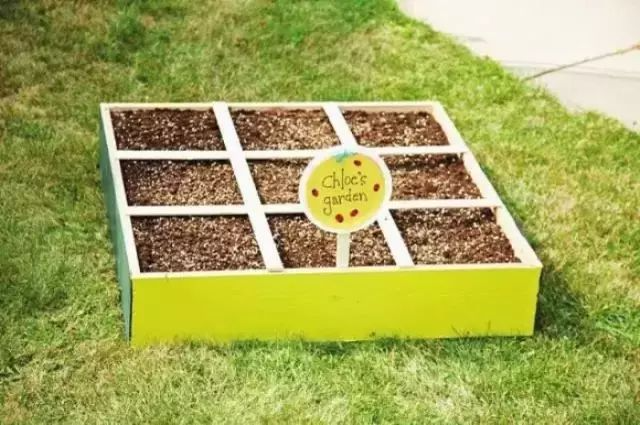
4 Choose the plants you want to plant
There are 9 small squares in a 1m×1m planting box, and there are 16 small squares in a 1.2m×1.2m planting box.
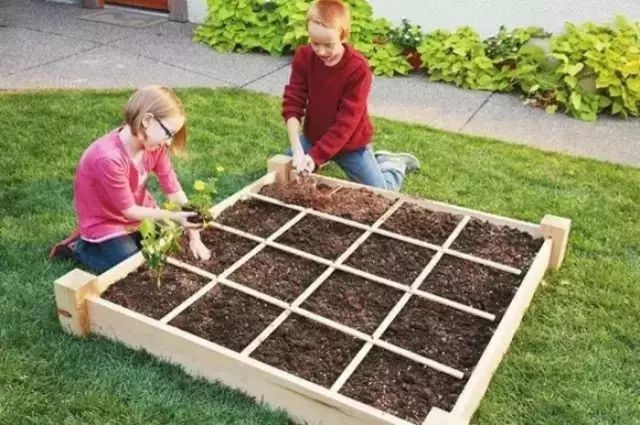
Each small square is planted with a variety of vegetables and flowers. Depending on the space required for the growth of different plants, you can plant a vegetable in each square, and you can plant 1, 4, 9, or 16 plants per square.
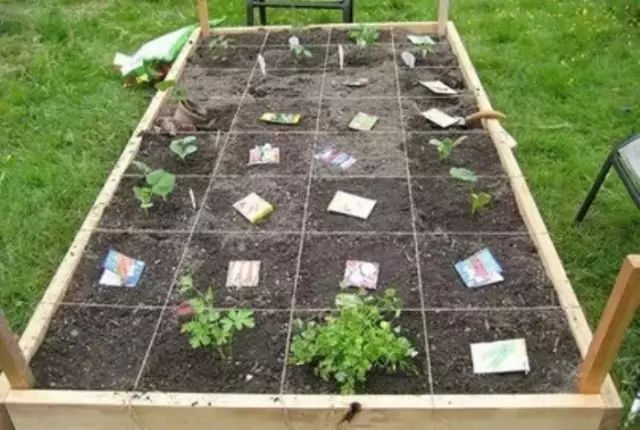
That's it! Take good care of your plants and wait for the harvest.
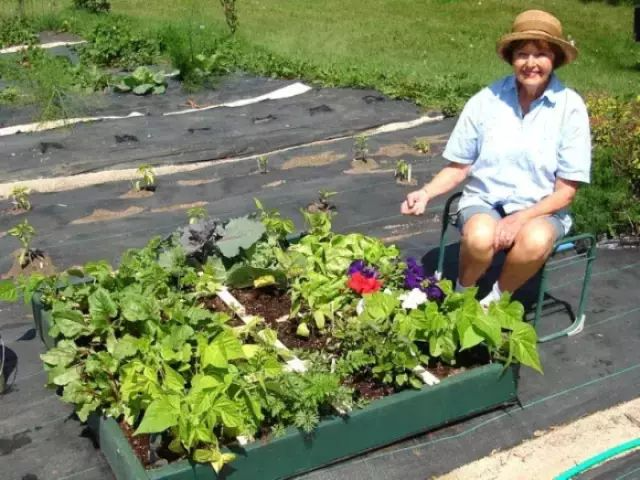
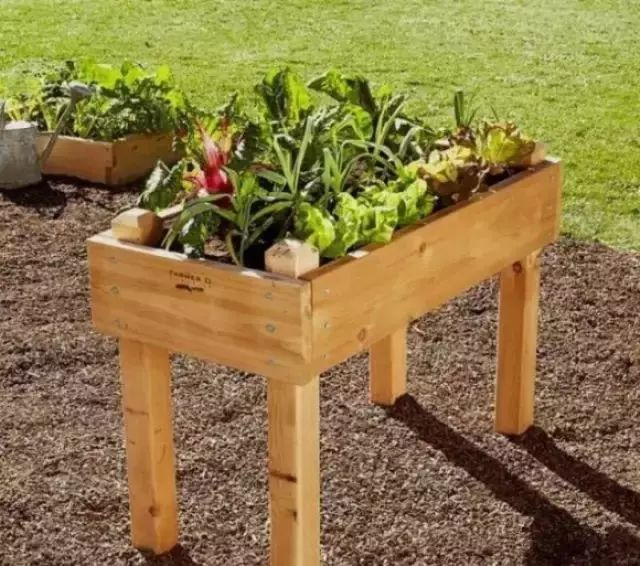
The One Meter Garden has been adopted by millions of gardeners around the world and has been introduced to approximately 3,000 schools in the U.S. The show, which has been broadcast on PBS and the Discovery Channel for many years, is the most-watched gardening show in the U.S. to date.

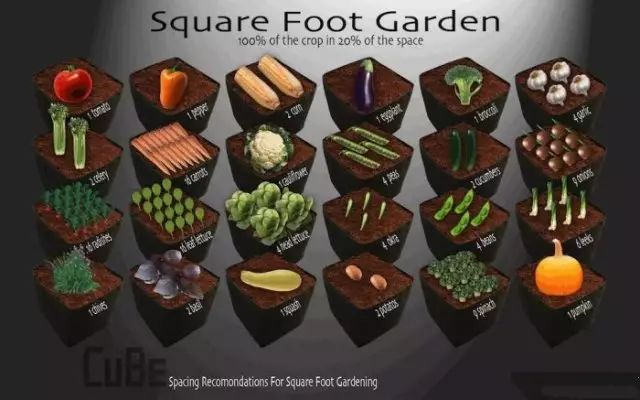
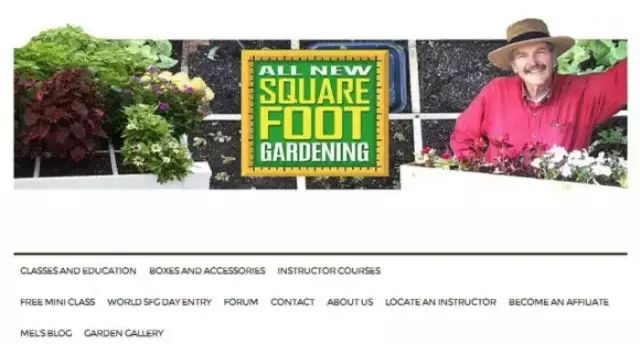
One-meter vegetable garden in school
He has promoted the one-meter vegetable garden to about 3,000 schools in the United States, allowing children to not only have fun in contact with nature through farming experiments, but also learn science, ecology, botany, mathematics, art, design, gardening knowledge, healthy eating habits, water conservation, environmental protection and the spirit of self-sufficiency.
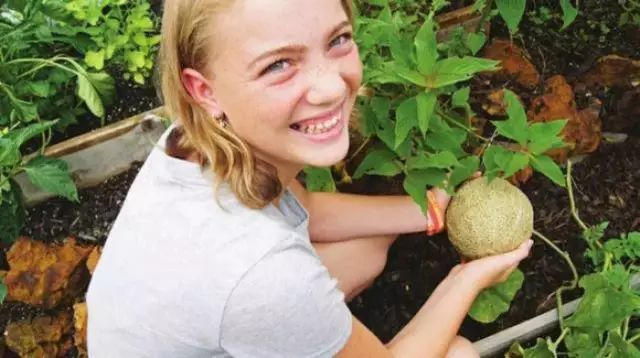
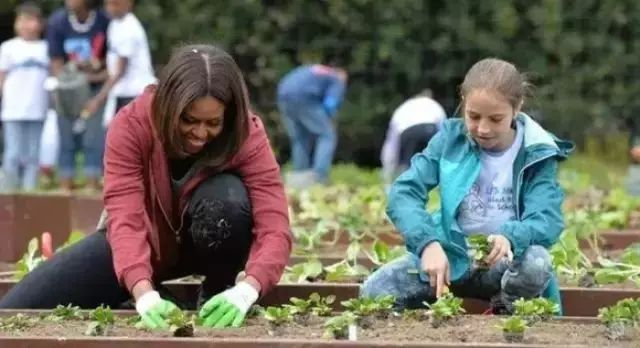
One-meter vegetable garden in the community
One-meter vegetable gardens are used in churches, communities, and shelters in different cities, allowing neighbors to enhance relationships, build community awareness, promote healthy lifestyles, and strengthen parent-child relationships.

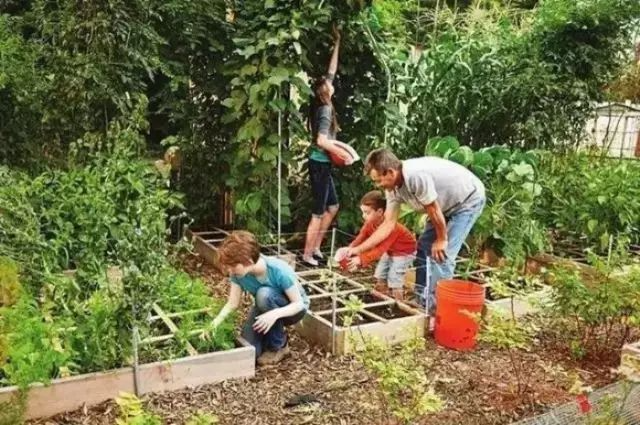
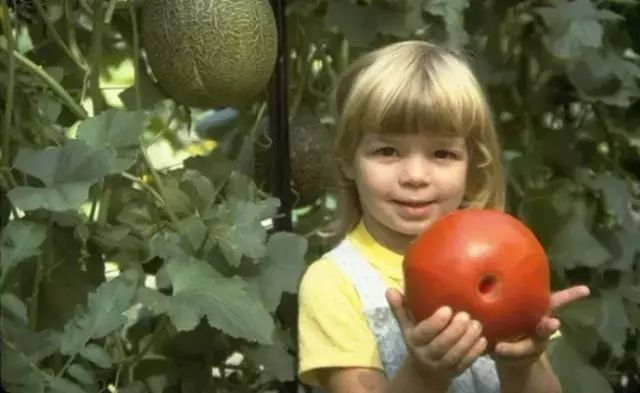
One-meter vegetable garden in poor areas
Because of the low land use and high returns of the One-Meter Garden, Meier has partnered with many NGOs around the world to teach people in impoverished areas how to grow their own vegetables using the One-Meter Garden method, helping them become self-sufficient. Currently, the One-Meter Garden has expanded from Africa to Asia and South America, and has been recognized as a "huge success" by non-profit human rights organizations.
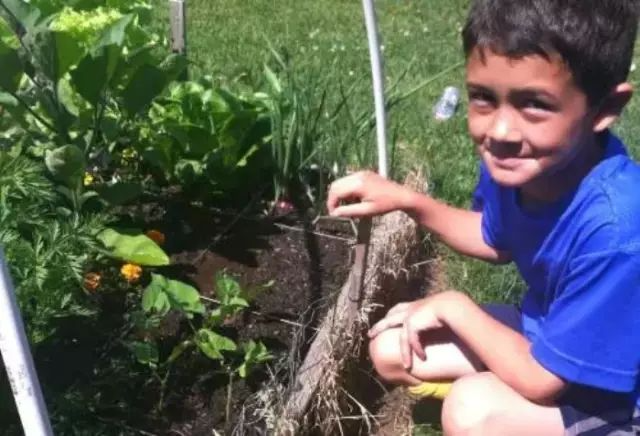
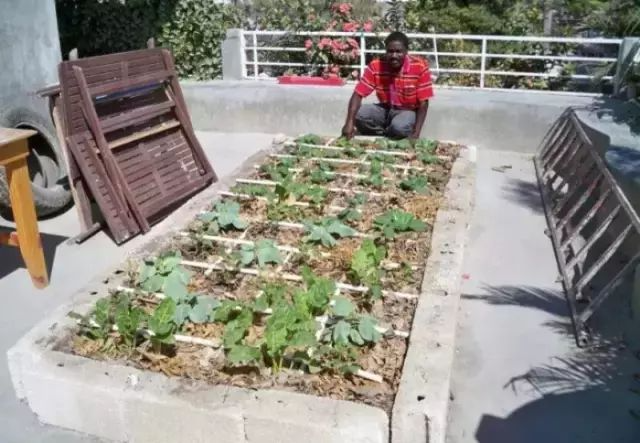
Source: Natural History Museum Official Account